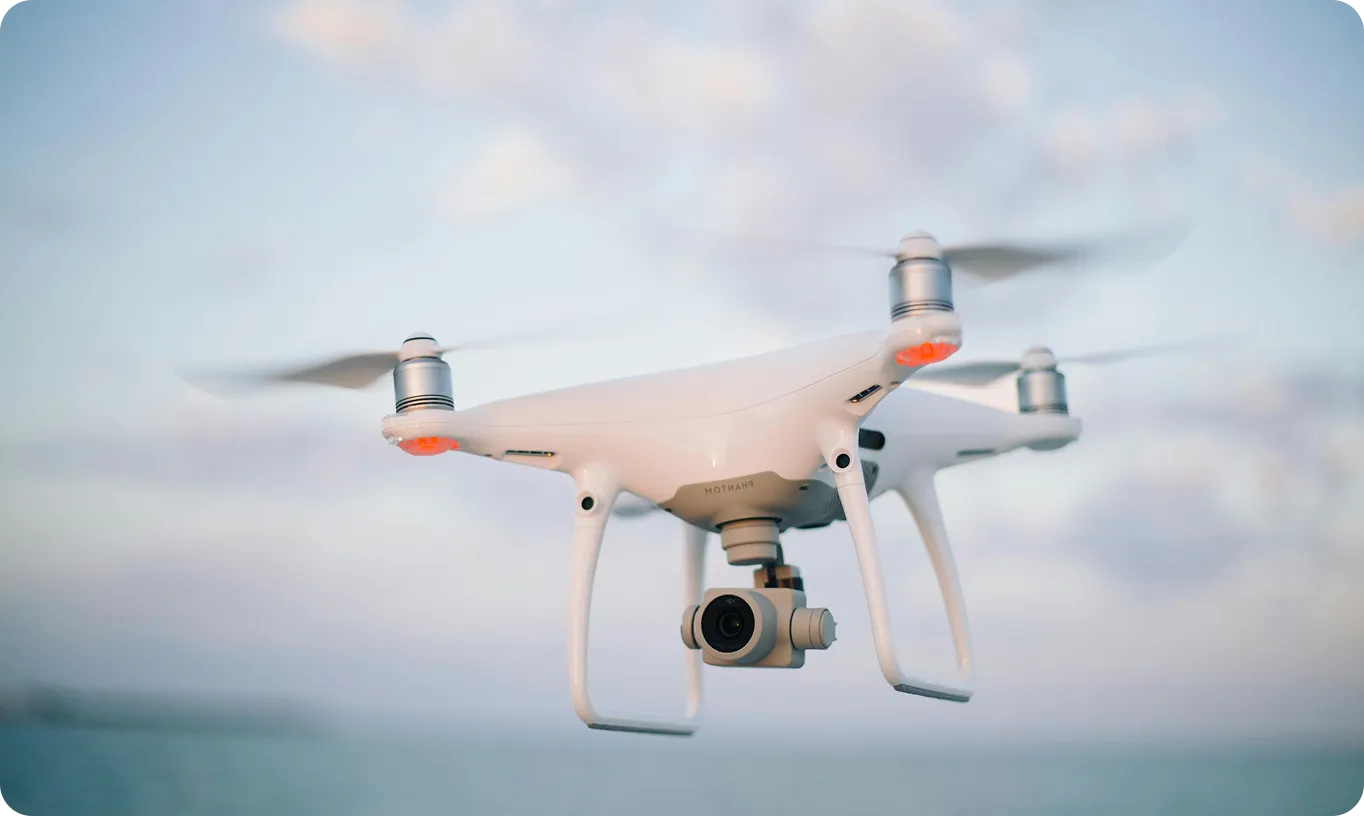Feature maps are fundamental outputs generated by the layers within a Convolutional Neural Network (CNN), particularly the convolutional layers. They represent learned characteristics or patterns detected in the input data, such as an image. Think of them as filtered versions of the input, where each map highlights the presence and spatial location of a specific feature—like edges, corners, textures, or more complex shapes—that the network deems important for the task at hand, such as object detection, image segmentation, or image classification. These maps are crucial components in how deep learning (DL) models interpret visual information.
How Feature Maps Are Created
Feature maps are generated through the mathematical operation called convolution. During this process, a small matrix known as a filter (or kernel) slides across the input data (or the feature map from the previous layer). At each position, the filter performs element-wise multiplication with the overlapping patch of the input and sums the results to produce a single value in the output feature map. Each filter is designed or learned during training to detect a specific pattern. A convolutional layer typically uses multiple filters, each producing its own feature map, thereby capturing a diverse set of features from the input. The network's backbone, often built with frameworks like PyTorch or TensorFlow, is primarily responsible for generating these rich feature maps from input data, often visualized using tools like OpenCV.
Hierarchical Feature Representation
In a typical CNN architecture, the input image passes through a series of layers. Early layers, closer to the input, tend to produce feature maps that capture simple, low-level features (e.g., horizontal lines, simple color contrasts, basic textures). As the data flows deeper into the neural network (NN), subsequent layers combine these simple features to build more complex and abstract representations. Feature maps in deeper layers might highlight object parts (like wheels on a car or eyes on a face) or even entire objects. This hierarchical feature learning allows the network to learn intricate patterns progressively, moving from general patterns to specific details relevant to the task. You can explore foundational concepts in resources like Stanford's CS231n course notes on CNNs.
Importance and Role in Object Detection
Feature maps are the cornerstone of how CNNs perform automatic feature extraction, eliminating the need for manual feature engineering which was common in traditional computer vision (CV). The quality and relevance of the features captured in these maps directly impact the model's performance, measured by metrics like accuracy and mean Average Precision (mAP). In object detection models like Ultralytics YOLO, specifically versions like YOLOv8 and YOLO11, the feature maps generated by the backbone are often further processed by a 'neck' structure (like FPN or PAN) before being passed to the detection head. The detection head then uses these refined feature maps to predict the final outputs: bounding boxes indicating object locations and class probabilities identifying the objects found in datasets like COCO or ImageNet.
Real-World Applications
Feature maps are integral to countless Artificial Intelligence (AI) and Machine Learning (ML) applications:
- Autonomous Driving: In autonomous vehicles, CNNs process camera and sensor data. Feature maps generated at different layers help identify pedestrians, other vehicles, lane markings, and traffic signs. Early layers detect edges and textures, while deeper layers combine these to recognize complex objects like cars or traffic lights, crucial for safe navigation. Companies like Waymo heavily rely on such technologies for their AI in self-driving cars.
- Medical Image Analysis: CNNs analyze medical scans (X-rays, CT, MRI) for diagnosis. Feature maps highlight potential anomalies. For instance, in detecting tumors, early feature maps might identify unusual textures or edges, while deeper maps learn to recognize the specific shapes and structures characteristic of tumors, assisting radiologists in diagnosis. This is a key part of medical image analysis, with ongoing research highlighted in journals like Radiology: Artificial Intelligence.
Visualization and Interpretation
Visualizing feature maps can provide insights into what a CNN has learned and how it makes decisions. By examining which parts of an image activate specific feature maps, developers can understand if the model is focusing on relevant features. This is a component of Explainable AI (XAI) and can be done using tools like TensorBoard or other visualization techniques. Understanding feature maps helps in debugging models and improving their robustness and reliability, which can be managed and tracked using platforms like Ultralytics HUB.









